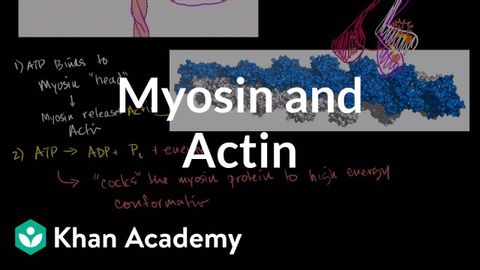肌球蛋白和肌動蛋白 (Myosin and Actin)
Cheng-Hong Liu 發佈於 2021 年 01 月 14 日  沒有此條件下的單字
沒有此條件下的單字- v.t./i.球;在...前部;前往;帶領;帶領
- n. (c.)頭數;領導;硬幣;頭;頂部
- n. (u.)智力;頭腦
US /pəˈzɪʃən/
・
UK /pəˈzɪʃn/
- n. (c./u.)態度,觀點;位置;(團隊運動中個人所處的)位置;職位;處境;優勢
- v.t.定位;放置
US /ɪˈmædʒɪn/
・
UK /ɪ'mædʒɪn/
- v.t.吸引注意;吸引人;拉;拖;汲取;引出
- n. (c./u.)引人之處;抽籤;平局
- v.i.靠近;接近;以平局收場
- v.t./i.畫圖
